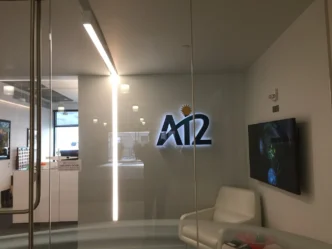Hugging Face, known for its popular AI developer platform, is entering the robotics market with a new programmable robotic arm. The device, called the SO-101, is 3D-printable and capable of performing basic tasks like picking up and placing objects.
The SO-101 is a follow-up to the company’s earlier model, the SO-100, which launched last year for around $100. Developed by Hugging Face’s robotics division, LeRobot, the SO-100 was created in partnership with French firm The Robot Studio. That same team is behind the SO-101, which also starts at $100.
For this updated model, Hugging Face again teamed up with The Robot Studio, and brought in additional partners, including WowRobo, Seeed Studio, and PartaBot, known for robotics parts and hardware.
Improved Features and AI Integration
The SO-101 builds on the SO-100 with several upgrades. It’s easier to assemble and features enhanced motors that reduce friction. This helps the robotic arm support its own weight more reliably.
The device also includes a camera and supports reinforcement learning, an AI method that trains the arm through trial and error. Using this, the SO-101 can learn to complete tasks like grabbing a Lego block and placing it in a container. This learning method mimics how humans improve through repetition.
Despite the advertised base price of $100, actual costs vary. Fully assembled versions and U.S. import tariffs on Chinese components can push the price up to $500, depending on the supplier.
Hugging Face Expands in Robotics
The SO-101 is part of Hugging Face’s larger push into the robotics space. The company recently acquired Pollen Robotics, a French startup, for an undisclosed sum. Pollen is best known for its humanoid robot, Reachy 2.
With this acquisition, Hugging Face plans to begin selling Reachy 2 and will open up the robot’s code for developers. The goal is to let users download the software and contribute improvements, continuing Hugging Face’s commitment to open-source AI development.
Leading Hugging Face’s robotics division is Remi Cadene, a former Tesla engineer who worked on Tesla’s Optimus robot project. Cadene now oversees Hugging Face’s growing efforts to blend hardware, AI, and open development.
Emphasis on Community and Accessibility
A major focus of the SO-101 is affordability and openness. Like other Hugging Face projects, the arm supports user customization and encourages collaboration. Its 3D-printed design and open training tools allow students, hobbyists, and researchers to experiment with robotics without high costs or proprietary barriers.
These goals align with Hugging Face’s broader mission to make cutting-edge AI more accessible. The company is best known for hosting thousands of open-source machine learning models and tools, used by developers and researchers around the world.
By entering the robotics space, Hugging Face brings its open-source philosophy to the physical world, giving more people the tools to build and train real-world intelligent machines.











